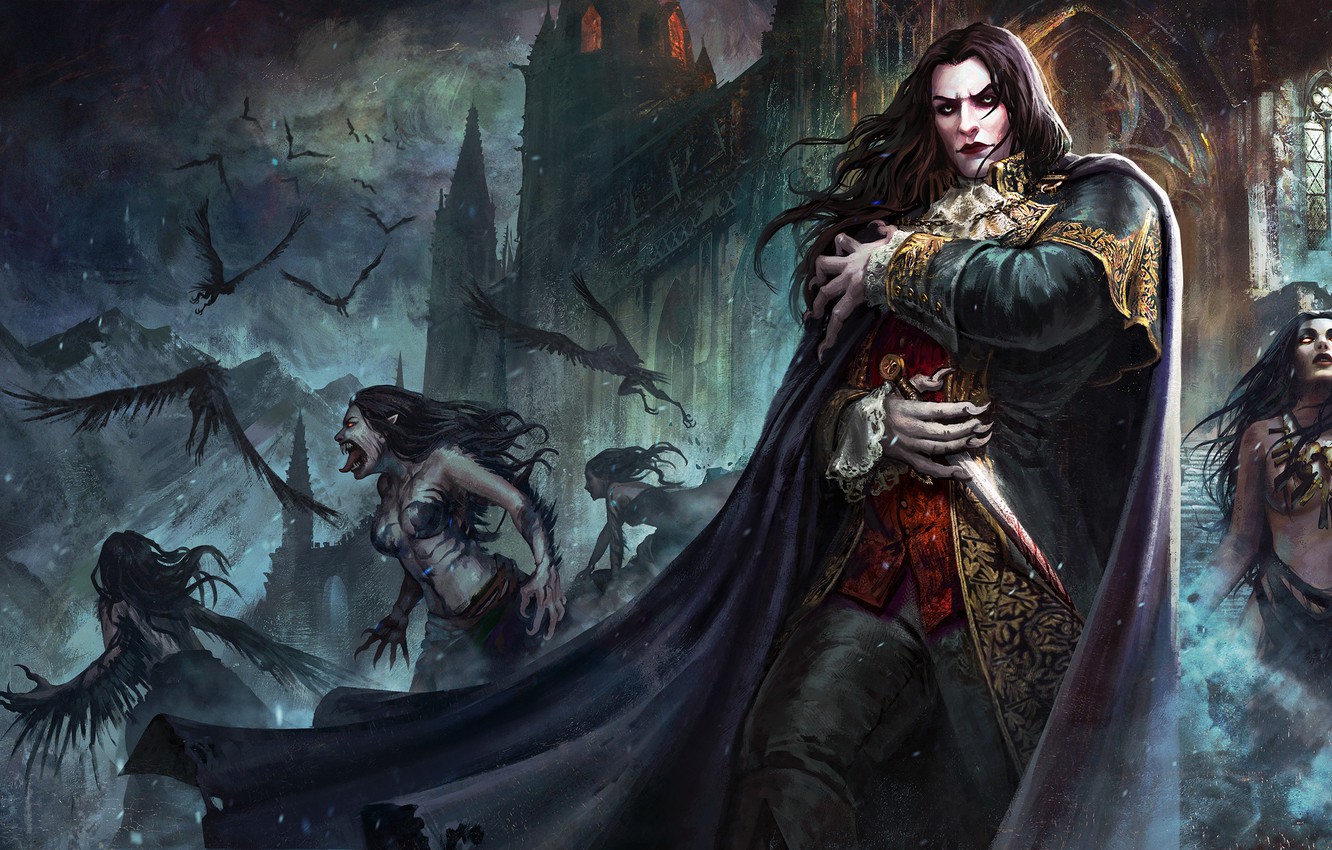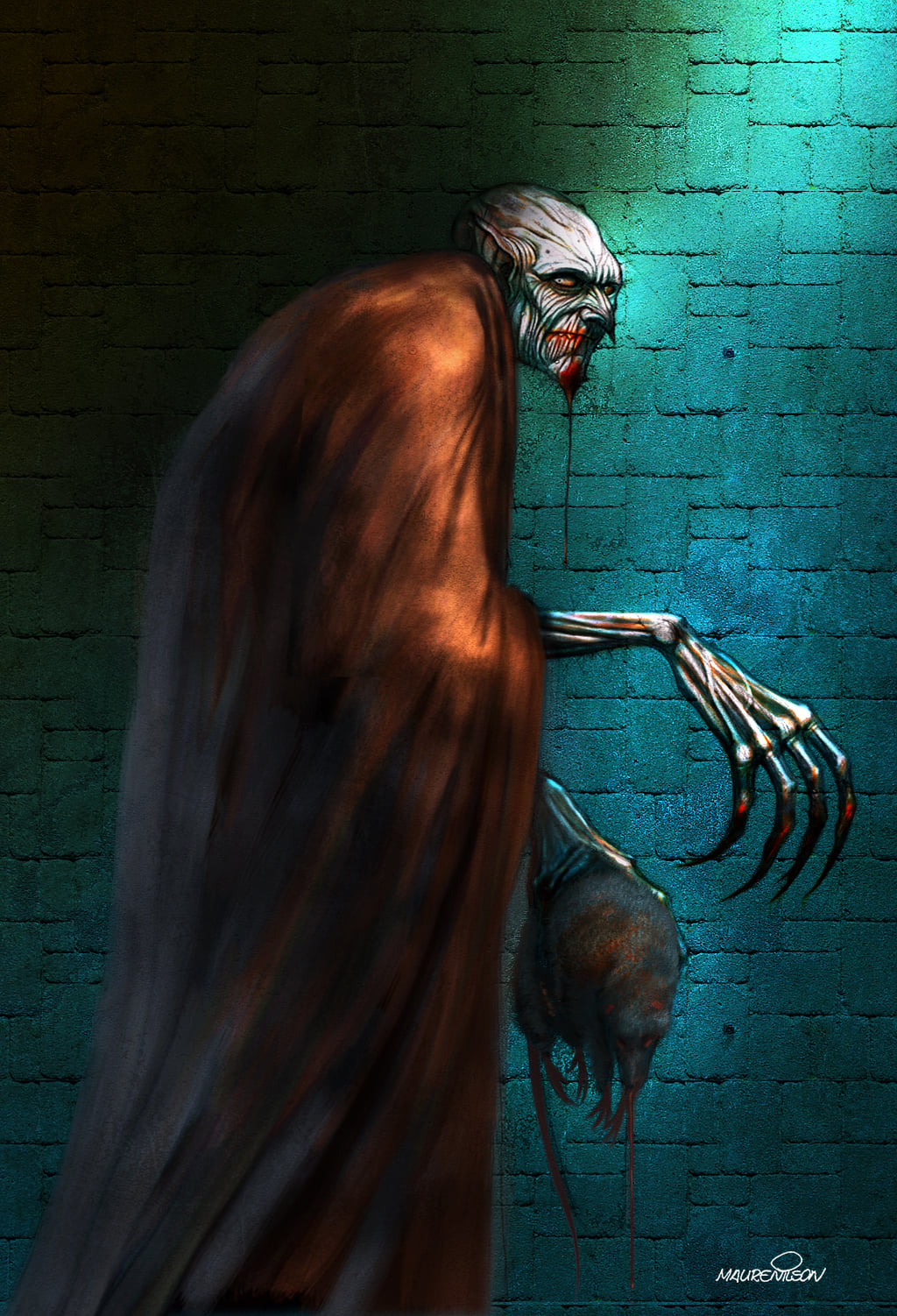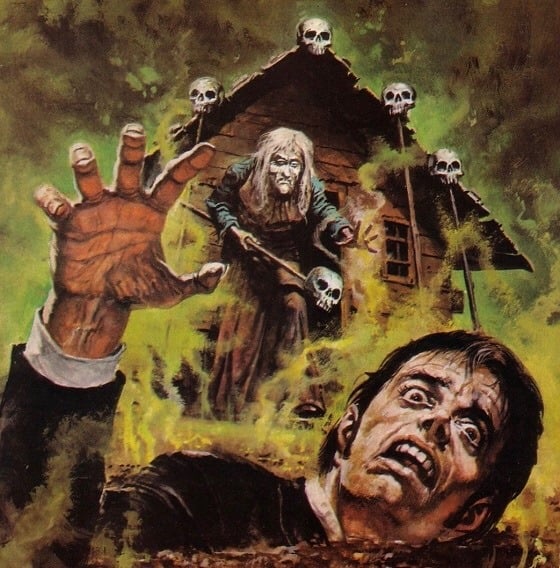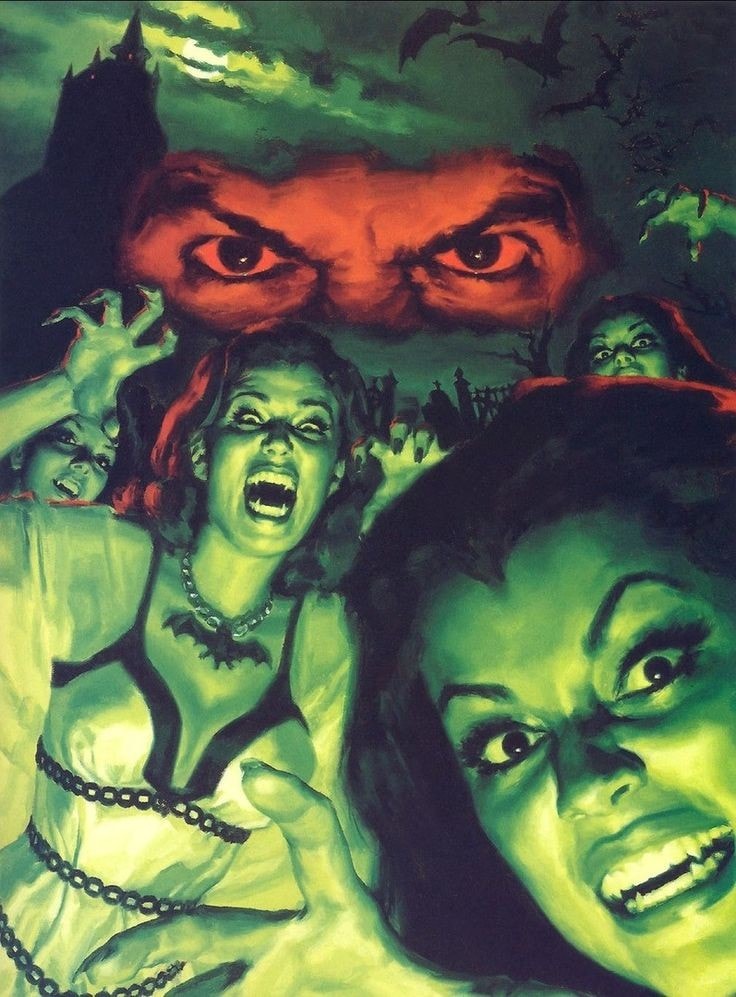Pomeranian vampires
The region of Pomerania stretches along the Baltic coast. Like Silesia, it has been a part of the modern nation of Poland since the end of World War II and has a complicated history. At one time most of West Prussia consisted of this region though it had been Polish territory at times before that. … Read more






